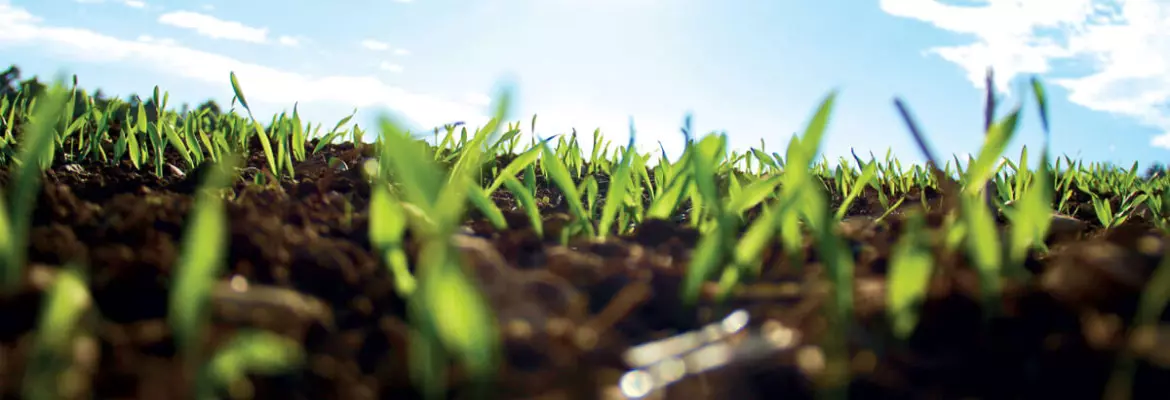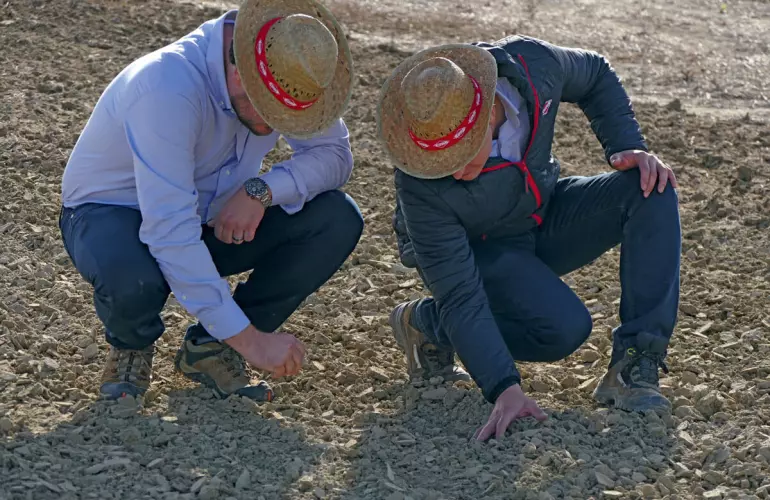
Direct drilling is a minimum cultivation technique that is used in conservation agriculture. It is a farming technique that consists in eliminating all tillage operations before sowing the seed in the soil.
Turning the soil and ploughing, strip-till and stubble cultivation, even if shallow, are prohibited. This technique needs to be accompanied with supplementary agronomic practices i.e., permanent soil cover (crop residues or green fertiliser) and crop-rotation management. Direct drilling can be carried out in crop residues or cover crops. Direct drilling is a big time-saver, and costs are reduced in relation to conventional or min-till methods, which only reduce tillage. To work with the direct drilling method, a seed drill equipped with tines or discs is required, to open the soil and lift or cut the residues before delivering the seed.
Choosing the direct drilling technique
There are certain prerequisites for the direct drilling method, relating to the soil. The topsoil from 0-10cm must not be compacted. In the lower layers (10-30cm), clod diameter must be less than 15cm. If this is the case, seeding operations can go ahead for the usual crops planted in our regions. Before starting with direct drilling, a pass with a tillage tool will help to even out the surface and reduce the size of the clods.

Direct drilling: why?
Historically, farmers have changed to direct drilling for reasons of cost reduction. This may be to compensate for the lower income from their production, as well as reduced subsidies and grants in the sector. The aim can also be to make larger-scale savings when expanding the business. The technique, which is one of the foundations of SCA, has never been more topical. Fast-changing weather conditions, with more frequent periods of drought, is driving farmers to adopt no-plough methods.
The advantages of direct drilling
Direct drilling brings cost advantages: reduced mechanisation costs, fuel, input, and planting costs. The agronomic benefits are an increase in the carbon content of the topsoil, soil cover to limit erosion, and increased fertility, due to more organic matter (decomposing plant cover), and biological activity in the soil. Tillage retains water better and reduces nitrate leaching, as well as boosting flora and fauna biodiversity.
Source: Arvalis. Choosing your tillage tools, Arvalis, 2010.
